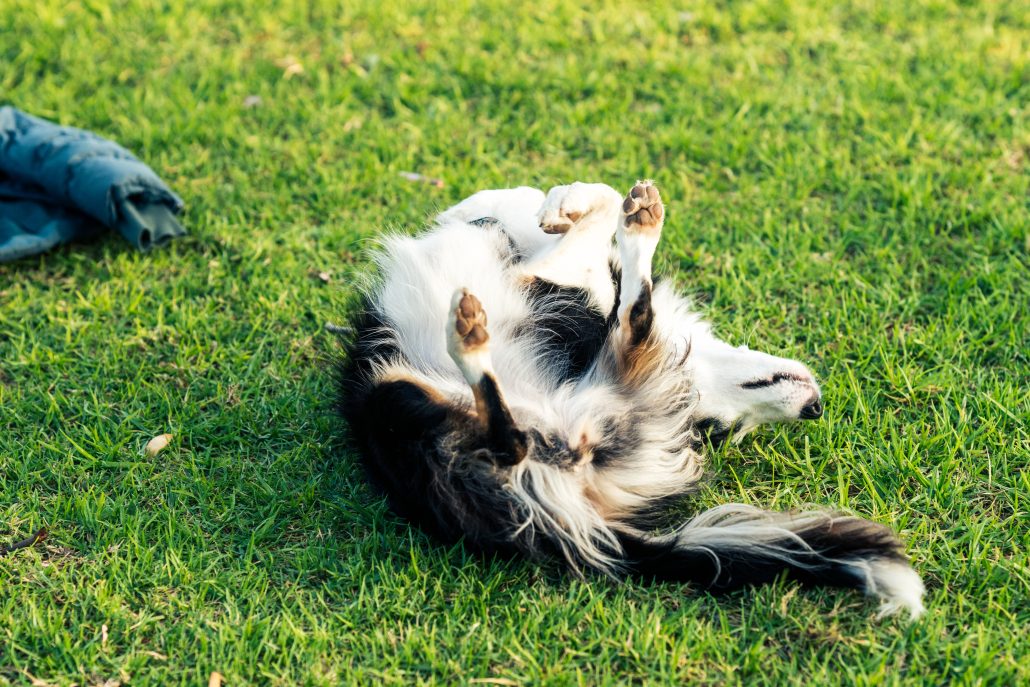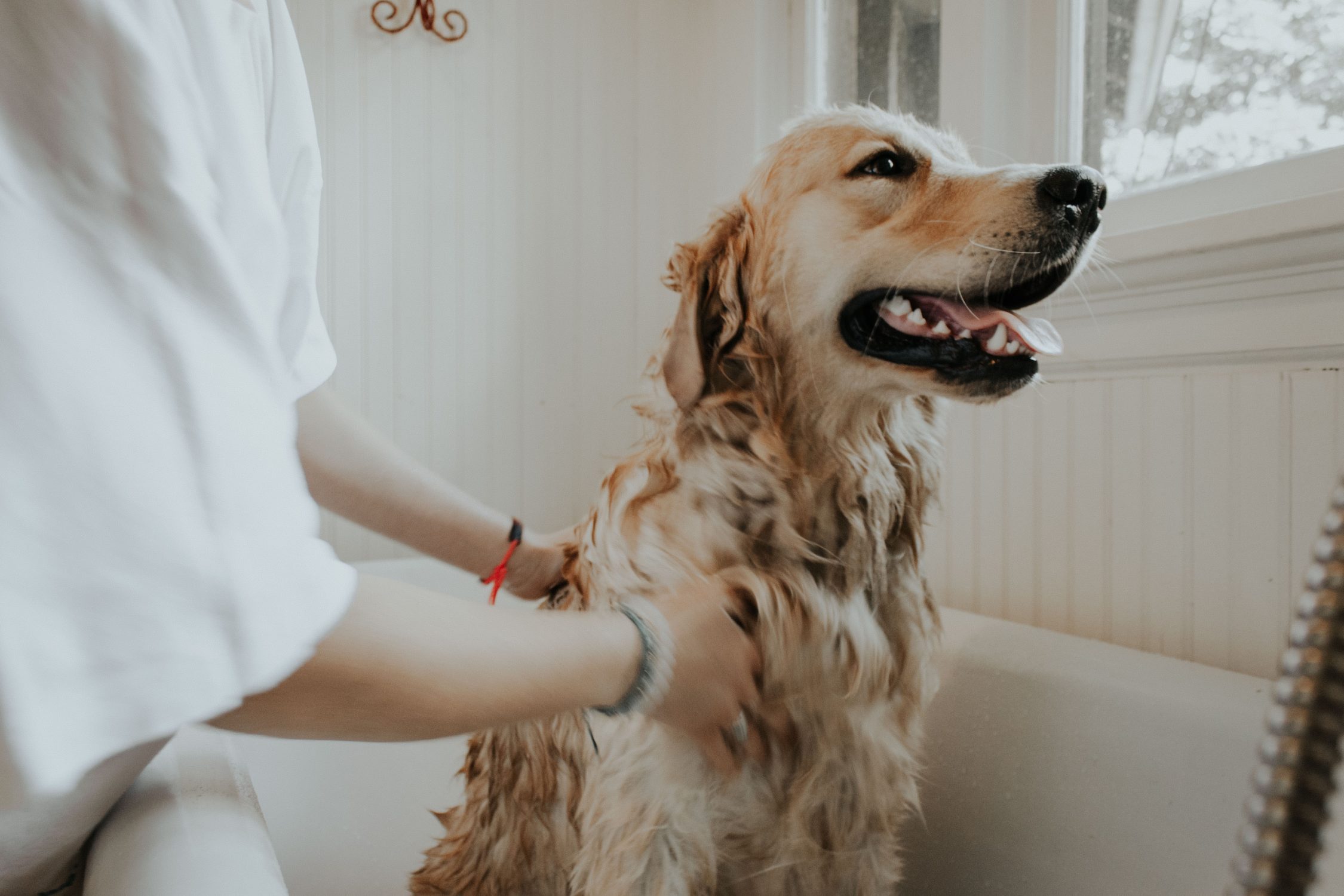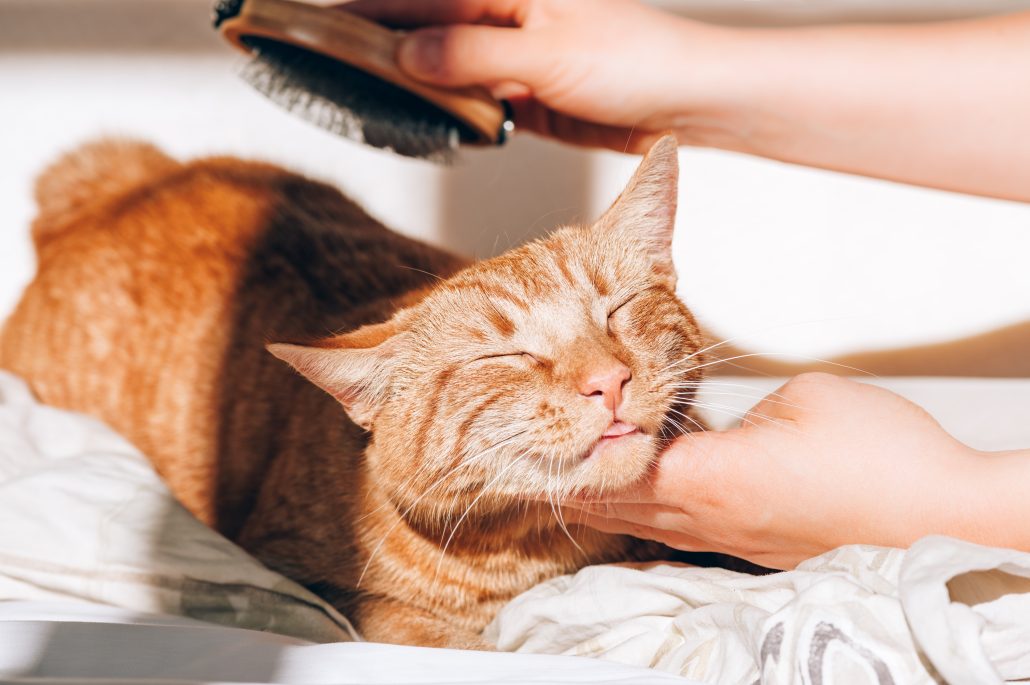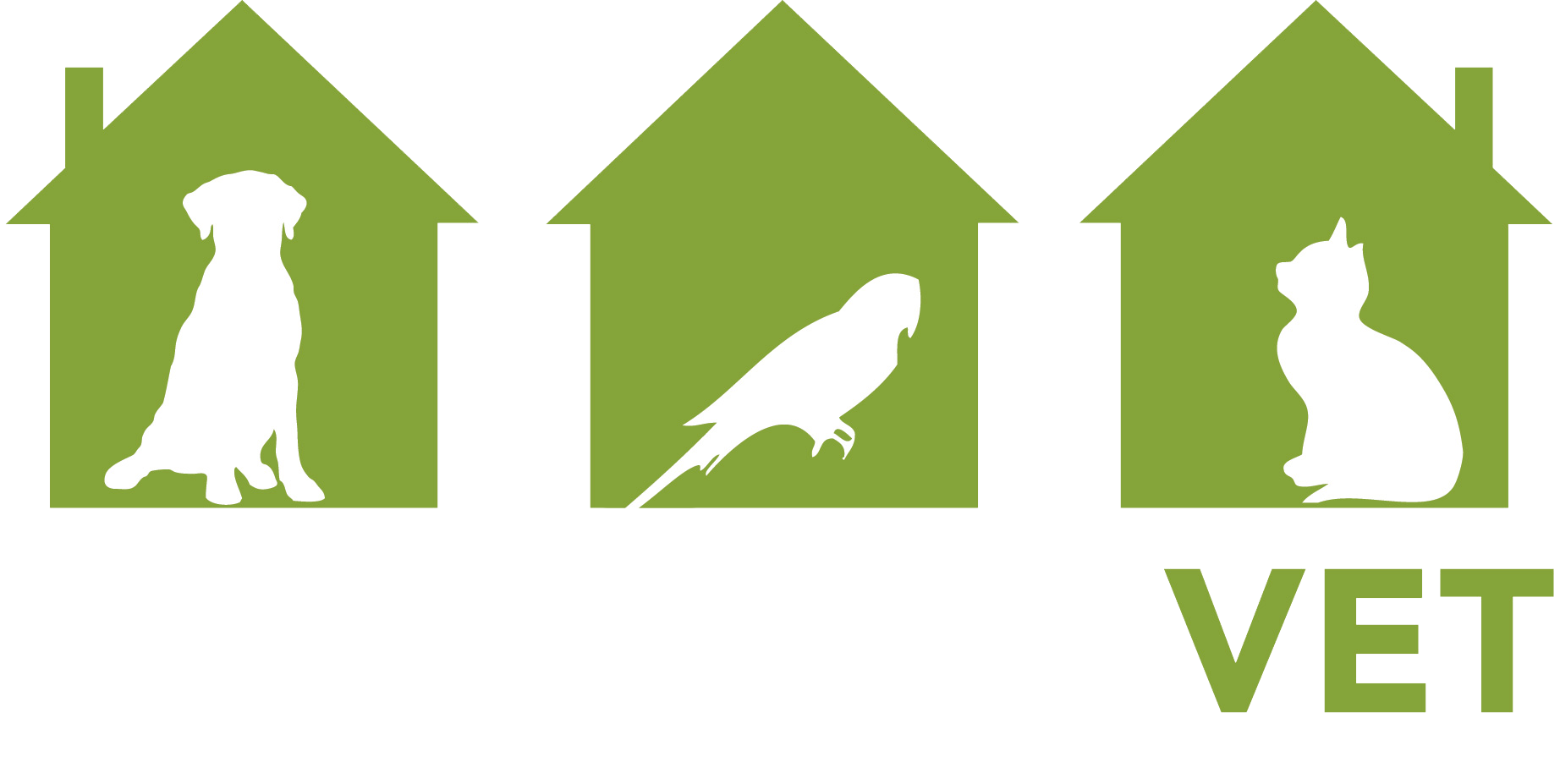If you’re a pet owner, you’re probably no stranger to the constant battle against pet hair. It seems like no matter how much you clean, there’s always more fur to be found!
If you’re tired of constantly finding fur all over your home, fret not! In this article, we will delve into the reasons behind pet shedding, the importance of managing it, and offer you some effective strategies to manage and reduce their shedding. Grab your lint rollers, take a breath, and let’s get started!
Understanding Pet Shedding: Why Do Pets Shed Their Fur?
Before we dive into shedding solutions, it’s a good idea to understand why our pets shed their fur. Put simply, shedding is a natural process that allows animals, like cats and dogs, get rid of old or damaged hair and make way for new fur growth.
Pet shedding helps regulate their body temperature, protects their skin, and allows them to adapt to changing seasons. The amount and frequency of shedding will vary depending on your pet’s breed, age, health, and environmental factors. Additionally, hormonal changes, stress, diet, and certain medical conditions can also contribute to excessive shedding.
The Importance of Managing Pet Shedding
While pet shedding is a natural process, it can be a frustrating and challenging for many pet owners. From fur on the floors from our pups running around to fur left behind on the furniture and our clothes after our feline friends have had their nap. However, the importance of managing pet shedding goes beyond the aesthetic concerns of a fur-free home.
Preserving Indoor Air Quality
Excessive pet shedding can lead to a buildup of airborne particles, affecting the indoor air quality in your home. Pet dander, a common shedding byproduct, is a well-known allergen that can trigger allergic reactions in susceptible individuals.
By effectively managing shedding you can help reduce allergens and promotes a healthier living space, alleviating allergy symptoms so you can enjoy the company of your companion!
Read More: Understanding Asthma in Pets & Nurturing Respiratory Health
Promoting Pet Health
Regular grooming and shedding control also contributes to the overall health and well-being of your pets. Removing loose fur prevents matting, reduces the risk of skin infections, and regular grooming allows you to assess your furry friend and detect potential health issues before they become more serious!
Enhancing the Bond Between Pets and Owners
Constant shedding often means constant cleaning, which can sometimes strain the relationship between pets and their owners. By Implementing regular shedding management practices fosters a positive grooming routine, strengthening the bond and trust between you and your pets.
Preventing Stress in Pets
Excessive shedding, with little to no treatment can be stressful for pets, causing discomfort and anxiety. Regular grooming and suitable diets can help improve the amount of shedding, providing not only physical relief but also contributing significantly to your pet’s mental well-being
Maintaining a Tidy Home
Beyond the health benefits for you and your pet, the most obvious benefit is that it helps protect your clothes and furniture, keeping your living spaces clean and tidy! Regular grooming, coupled with effective shedding control strategies, minimizes the need for constant cleaning, ensuring a pristine and comfortable environment for both you and your furry friend.

How to Reduce Pet Shedding: Best Practices and Tips
Now that we understand the significance of managing pet shedding, let’s explore the best practices and tips to minimise it!
Regular Grooming & Techniques to Minimise Shedding
Regular grooming is key to controlling shedding. Brushing your pet’s coat helps remove loose hair and prevents it from accumulating in your home. Be sure to choose a grooming schedule based on your pet’s breed and hair length. For long-haired pets, daily brushing is recommended, while short-haired pets can benefit from a weekly brushing session.
Use a grooming tool suitable for your pet’s coat type, such as slicker brushes, shedding blades, or rubber curry brushes. Be gentle while brushing, and reward your pet with treats to make it a positive experience!
- For long-haired pets, consider using a slicker brush with fine bristles to detangle and remove loose hair.
- Double-sided brushes with bristles on one side and deshedding blades on the other are ideal for pets with medium-length hair. The bristle side is suitable for regular grooming, while the deshedding blades effectively remove excess hair during shedding seasons.
- For short-haired pets, rubber brushes or grooming gloves work wonders in capturing loose hair.
- Deshedding tools, such as undercoat rakes or deshedding combs, are specifically designed to remove the loose undercoat without damaging the topcoat. These tools are highly effective in reducing shedding, especially for breeds with a dense undercoat like huskies. When using deshedding tools, it is important to be gentle and avoid applying excessive pressure to prevent discomfort or skin irritation.
In addition to regular brushing, regular baths are also crucial in managing and minimising shedding in your pets. Much like brushing, regular baths helps remove loose and dead hair on your pet’s coat. However, bathing goes beyond removing fur and plays a crucial role in keeping your pet’s skin and coat healthy.
Read More: Shedding Light on Dry Skin & Understanding Dog Dandruff
Nutrition & How It Affects Pet Shedding
Believe it or not, your pet’s diet and nutrition can also play a significant role in shedding management! Providing a balanced diet that meets your pet’s nutritional needs can improve the health of their skin and coat.
Incorporating essential fatty acids, such as omega-3, into your pet’s diet can promote a healthy coat and ultimately reduce their shedding. These fatty acids can be found in fish oil supplements or specialised pet foods created to support their skin and coat health.
Additionally, dehydrated skin also plays a big role in the amount of fur your pet sheds. So, ensuring your pet stays hydrated can decrease the amount of loose fur your have to clean up.
Remember! Consult with your veterinarian to determine the best diet for your pet’s specific needs, considering factors such as age, breed, and any underlying health conditions.

Cleaning & Maintenance Tips for a Fur-Free Home
While we can incorporate as many shedding control strategies as possible, a fur-free home requires a relatively regular cleaning and maintenance routine. Here are some tips to help you achieve a spotless living space:
- Vacuum regularly: Use a vacuum cleaner with a HEPA filter to effectively capture pet hair from carpets, rugs, and upholstery. Pay extra attention to areas where your pet spends most of their time.
- Use lint rollers or sticky tape: These handy tools are perfect for removing pet hair from clothing, bedding, and furniture. Keep them readily available in various areas of your home for quick touch-ups.
- Wash pet bedding frequently: Your pet’s bedding can quickly accumulate hair, dander, and dirt. Wash it regularly using hot water and pet-friendly detergent to keep it clean and fresh.
- Opt for washable slipcovers: If your furniture is prone to pet hair accumulation, consider using washable slipcovers that can be easily removed and cleaned.
- Brush your pet outdoors: When weather permits, take the grooming sessions outside to minimise the spread of loose hair indoors. This way, you can enjoy the fresh air while keeping your home as clean as possible.
Is Your Pet Shedding Excessively?
While pet shedding is normal, excessive shedding can be a sign of an underlying health issue. If you notice a sudden increase in shedding, your pet’s coat appears dull and unhealthy or has bald patches, it is best to consult with your veterinarian. They can evaluate your pet’s overall health, conduct any necessary tests, and provide appropriate treatment if needed.
Read More: How Often Should You Groom Your Cat

Embracing Your Furry Friend While Keeping a Clean Home
Pet shedding is a natural process that can be managed effectively with the right techniques, tools and a little patience. By implementing some of the tips outlined above, you can keep your home fur-free and allergy-friendly.
But remember! Not all homes have to be spotless! The occasional stray hair or paw print is a small price to pay for the immeasurable love and companionship our pets bring into our lives. Managing pet shedding is not about eradicating it entirely, but rather finding a balance between embracing the joy of having a furry friend and maintaining a comfortable home.
If you’re in the Brisbane area and need veterinary assistance, look no further than The House Call Vet. As a leading Brisbane vet clinic and mobile vet service, we provide convenient and compassionate care for your beloved pets. Contact us today to learn more or book your next appointment!

